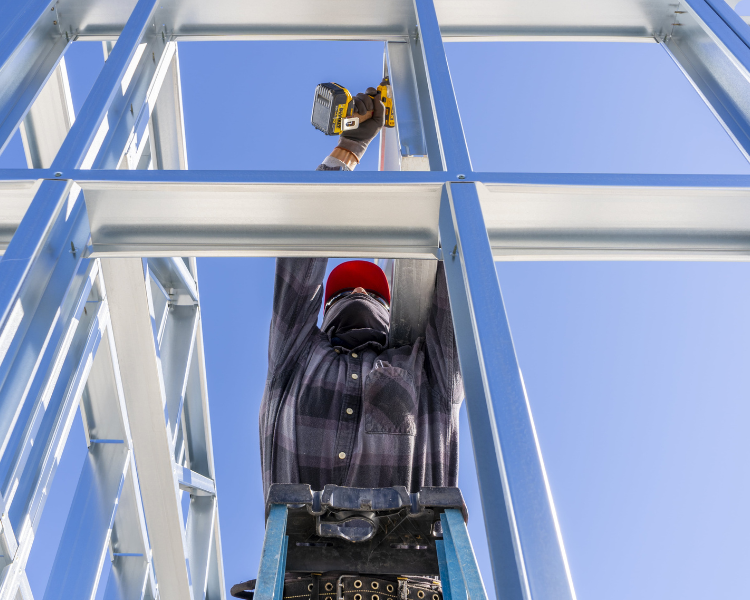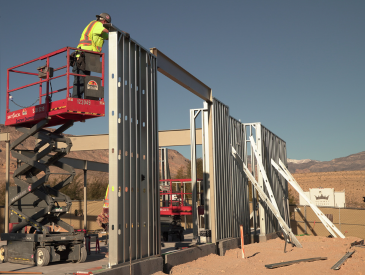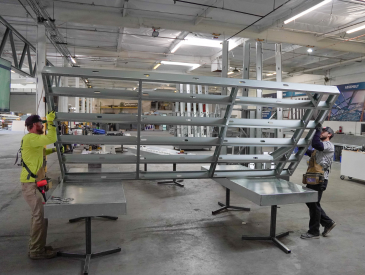Introduction
The dynamic world of residential construction is constantly changing and developing. Builders and developers are seeking innovative solutions to streamline construction processes, enhance cost-effectiveness and deliver affordable housing. One solution that has gained significant traction in recent years is the use of cold-formed steel (CFS) framing in US residential construction. In this article, we explore how incorporating steel framing into your projects can not only optimize costs but also reduce the reliance on skilled labor, marking a transformative shift in the industry.

Precision Manufacturing
Cold formed steel (CFS framing) components are manufactured precisely through computer-aided design and manufacturing processes. This level of accuracy ensures that each component comes together seamlessly, reducing the need for onsite adjustments. The result is a faster and more efficient construction process that minimizes errors and waste contributing to cost savings by minimizing reliance on skilled labor.
Lightweight and Easy to Handle
Cold-formed steel framing is 30-60% lighter than traditional materials like wood. This characteristic makes handling and installation easier, reducing the physical demands on construction workers. As a result, less skilled labor is required for the framing stage, making the construction process safer, more accessible and cost-effective.
Consistent High Standards
Unlike wood, which may be subject to variations in standards due to factors like knots and grain patterns, cold-formed steel offers consistent strength and durability. Developers can rely on the predictability of the material, leading to fewer on and offsite construction delays. Ultimately reducing labor costs associated with unforeseen challenges and project delays. The high standards also reduce any quality or warranty issues in the future, which can also be costly to the developer, due to call-backs and reputational damage.
 |
 |
Pre-Engineered Solutions
Many cold-formed steel framing systems are available as pre-engineered solutions. These systems come with detailed plans and components ready for assembly, further simplifying the construction process. Developers benefit from the reduced need for skilled labor during the design and construction phases.
Reduced Waste
The design-led process and precision manufacturing of steel framing components minimize waste, contributing to a more sustainable construction process. With less material going to landfills, developers not only save on disposal costs but also reduce the environmental impact of their projects.
Summary
Incorporating cold-formed steel framing into US residential construction offers a myriad of advantages, from cost savings to environmental sustainability. As the industry continues to embrace innovation, developers can leverage these benefits to not only streamline construction processes but also reduce dependency on skilled labor. CFS framing represents a transformative step forward in residential construction, paving the way for more efficient, cost-effective, and sustainable housing solutions.
Discover more about the benefits of building with cold formed steel in our residential eBook.







